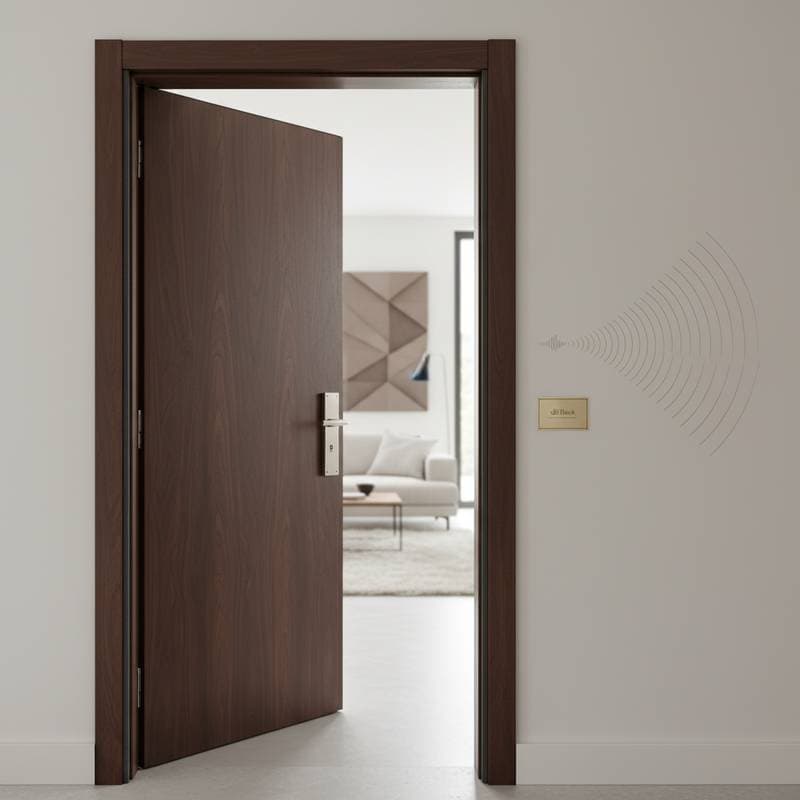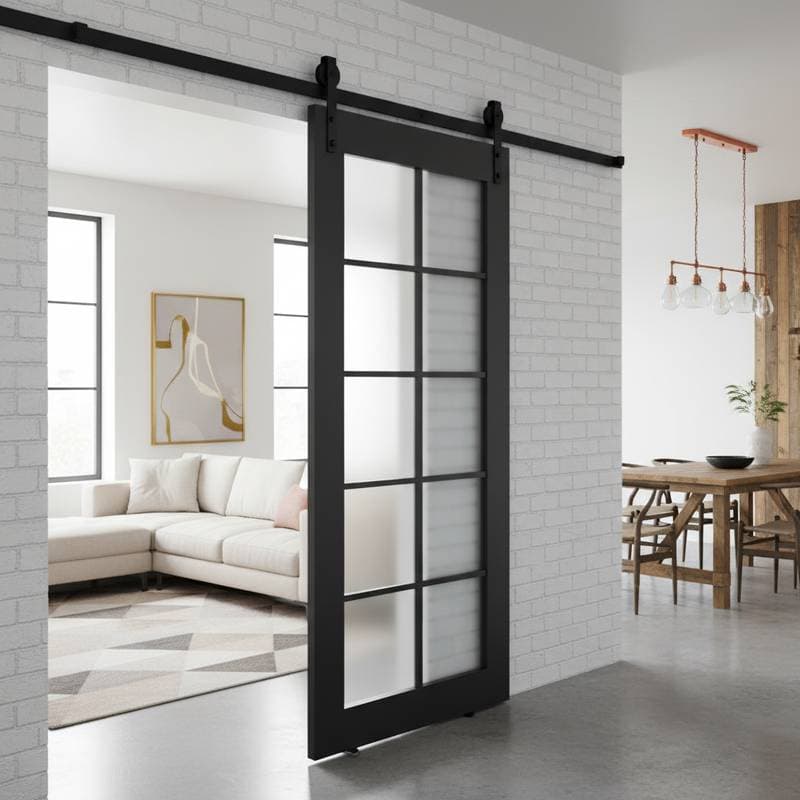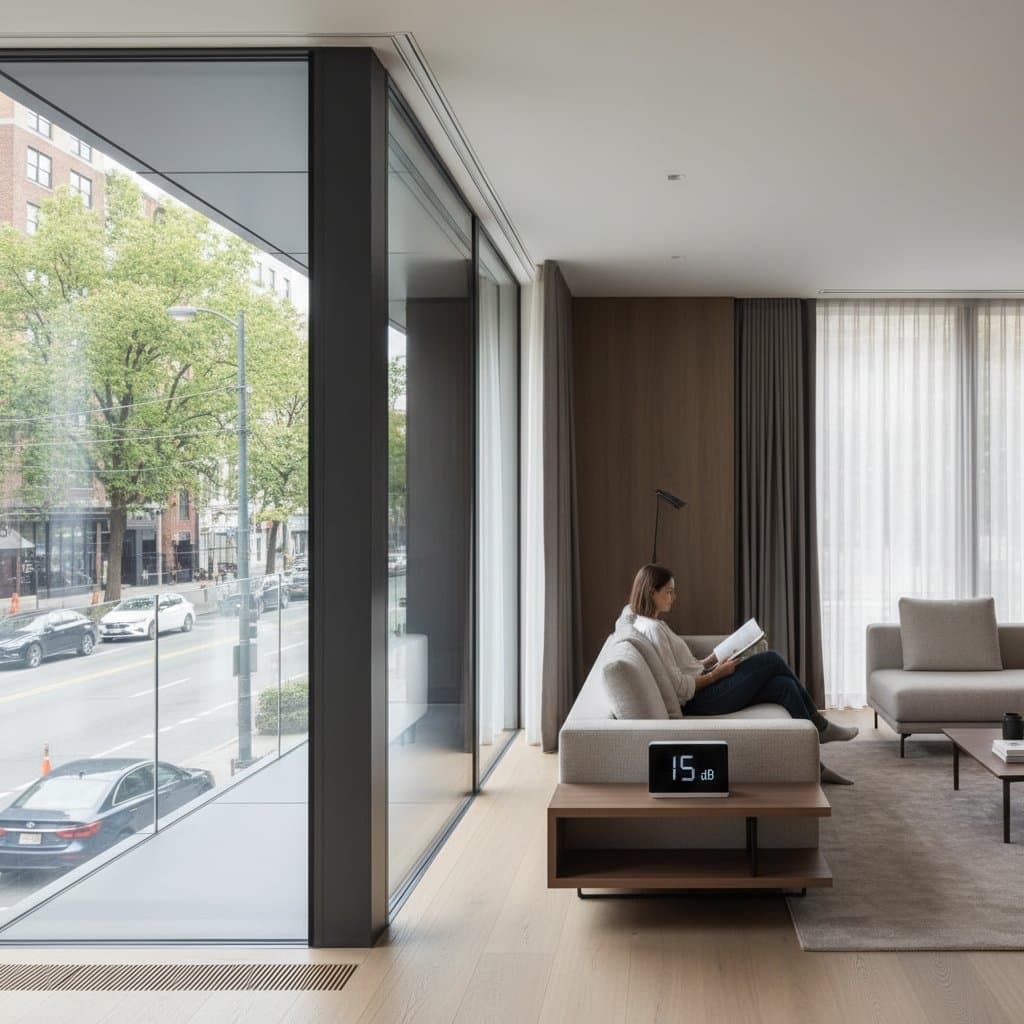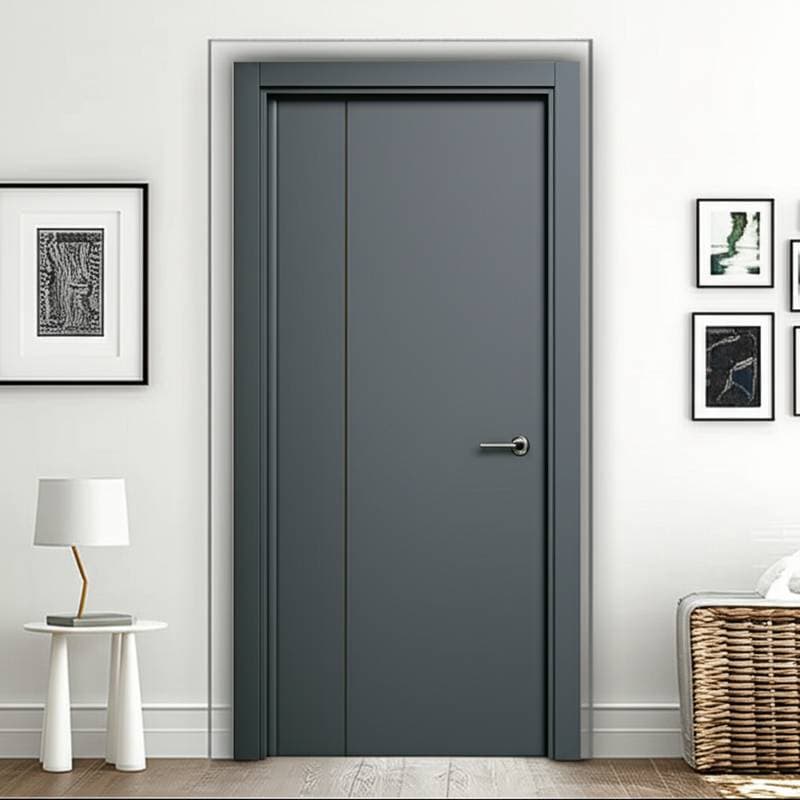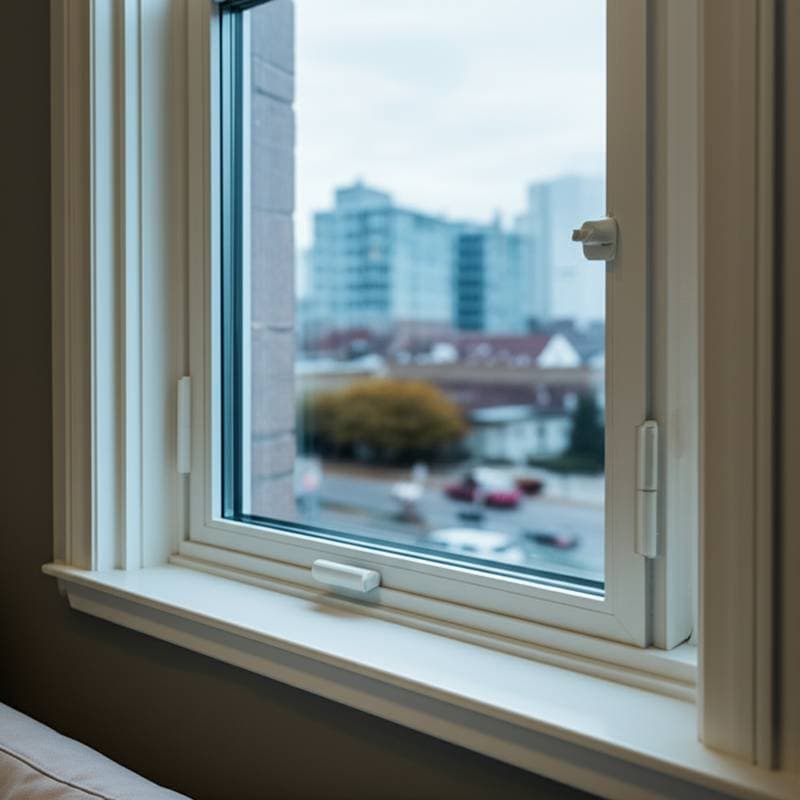How Acoustic Doors Reduce Noise by Up to 85 Percent
Unwanted noise from traffic, neighbors, or household activities disrupts daily life and affects concentration. Acoustic doors address this issue by minimizing sound transmission, often achieving reductions of up to 85 percent. Homeowners seeking greater peace and privacy find these doors transform living spaces into more serene environments.
The Mechanics of Acoustic Doors
Acoustic doors resemble standard doors in appearance but incorporate specialized features to combat sound. Their core consists of dense materials such as solid wood composites or mass-loaded vinyl that absorb and block sound waves effectively. Perimeter seals, typically made from rubber or neoprene, create an airtight barrier to prevent sound leakage through gaps.
Advanced models integrate multiple layers, including acoustic foam or mineral wool, to dissipate vibrations. Proper installation ensures these elements function together, blocking airborne sounds like voices or music and reducing impact noises from footsteps. This combination results in measurable improvements in room acoustics.
Exploring Types of Acoustic Doors
Homeowners select acoustic doors based on specific noise sources and required performance levels. Each type balances sound reduction with aesthetics and functionality.
-
Solid Core Wood Doors: These provide moderate noise reduction through their dense construction, outperforming hollow-core alternatives. They suit bedrooms or living rooms where visual appeal matters alongside basic sound control.
-
Engineered Acoustic Doors: Layered with materials like fiberboard and sound-dampening sheets, these achieve higher reduction rates. They work well in home offices or media rooms adjacent to active areas.
-
Metal or Composite Doors: Offering superior isolation, these endure heavy use and suit workshops or home theaters. Their robust build handles vibrations from equipment or loud activities.
-
Glazed Acoustic Doors: Featuring insulated glass panels, these maintain light flow while curbing noise. Interior partitions or office setups benefit from their visibility without sacrificing quiet.
Performance Comparison Across Door Types
Factors like materials, seals, and installation influence acoustic effectiveness. The following table outlines key differences to guide selection.
| Door Type | Initial Cost | Lifespan | Maintenance | Best Applications |
|---|---|---|---|---|
| Solid Core Wood | Moderate | Long | Low | Bedrooms, living areas |
| Engineered Acoustic | Higher | Long | Moderate | Home offices, media rooms |
| Metal or Composite | High | Very Long | Low | Workshops, home theaters |
| Glazed Acoustic | Higher | Long | Moderate | Interior partitions, offices |
Weighing Benefits Against Potential Drawbacks
Acoustic doors extend beyond noise control to support overall home improvement. They foster environments conducive to rest and work while adding practical value.
Key advantages include substantial noise reduction, enhanced privacy in personal spaces, and improved sleep quality. These doors also boost energy efficiency by limiting drafts and heat loss, potentially lowering utility costs. Over time, they contribute to higher property appeal during resale.
Considerations involve elevated costs and the need for skilled installation to maximize performance. Heavier designs may require reinforced hardware, and certain high-performance options limit stylistic choices. Families prioritize these features based on needs, such as creating study zones amid daily chaos or isolating work calls from background sounds.
Step-by-Step Installation Process
Professional installation ensures acoustic doors perform optimally. Begin with a thorough assessment of the door frame for squareness and stability.
Remove the existing door and clear the opening of debris. Install acoustic jambs and thresholds designed to integrate seamlessly with the new door.
Position the door precisely, secure it with heavy-duty hinges, and apply perimeter gaskets. Seal the threshold to the floor to eliminate under-door leaks.
Test the assembly by operating the door repeatedly, inspecting for gaps or resistance. Advise homeowners to check seals annually and lubricate hinges as needed to sustain effectiveness.
Selecting the Ideal Door for Your Space
Match door types to noise challenges and room functions. For street-facing bedrooms, solid core options suffice to dampen external sounds. Home offices demand engineered models with verified sound transmission class ratings above 30.
Account for environmental factors; in humid climates, composite materials resist swelling better than wood. Dry areas favor finished wood for its durability and warmth. Measure openings accurately and consult specifications for compatibility with existing hardware.
Sustaining Performance Over Time
Acoustic doors support long-term home efficiency beyond initial quieting. Their insulating properties stabilize indoor temperatures, reducing reliance on heating and cooling systems.
Routine care involves wiping seals clean and applying lubricant to moving parts. Replace gaskets every three to five years to maintain seals. With proper upkeep, these doors outlast conventional ones, preserving both acoustic and thermal benefits.
Integrating Acoustic Doors into Home Design
These doors enhance lifestyle without compromising style. Available in wood grains, paints, or frosted glass, they blend with modern or traditional interiors.
In open layouts, they delineate zones for activity and rest while preserving connectivity. Multi-generational homes use them to accommodate varying noise tolerances, promoting harmony. Select finishes that complement flooring and trim for a cohesive look.
Achieving Lasting Quiet and Comfort
Addressing noise elevates well-being and productivity in everyday settings. Acoustic doors provide a reliable solution, delivering immediate relief and enduring value to home life.

